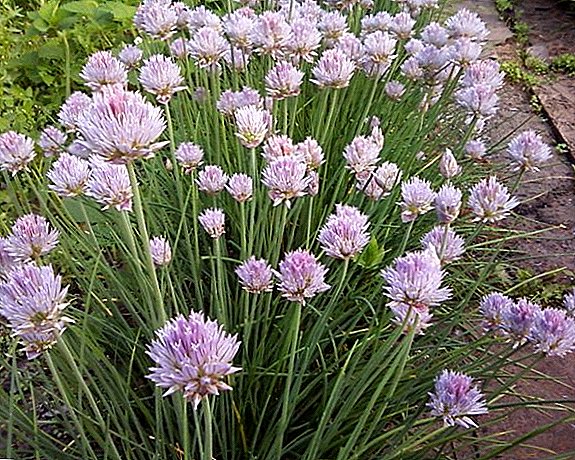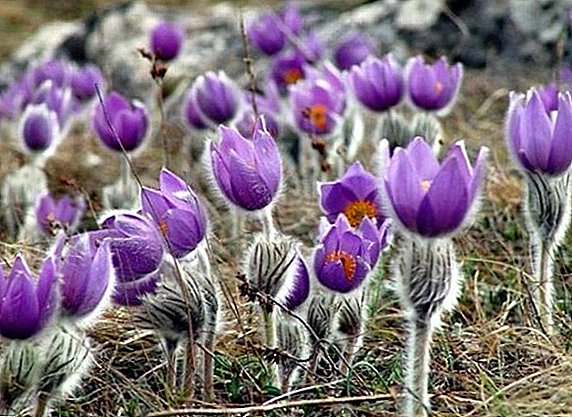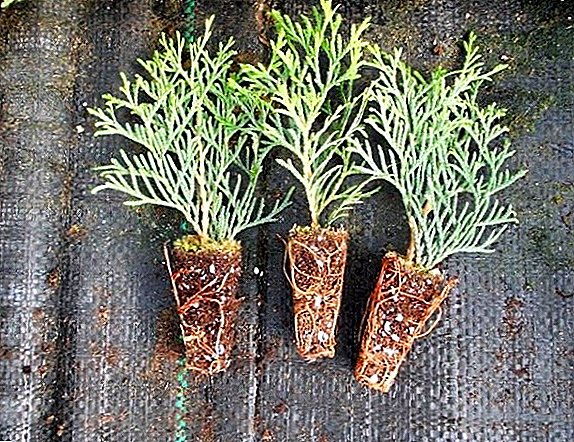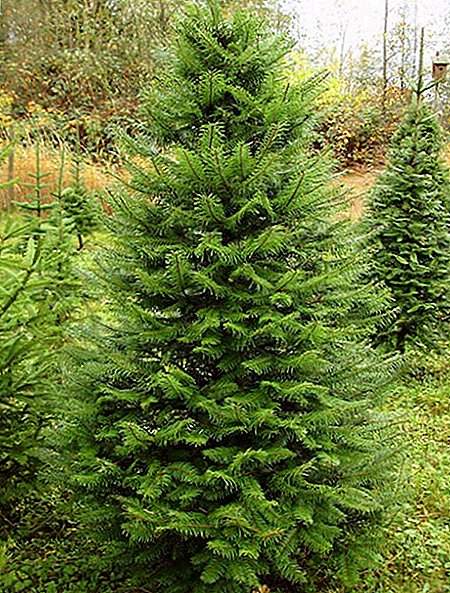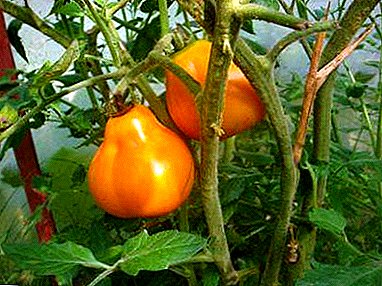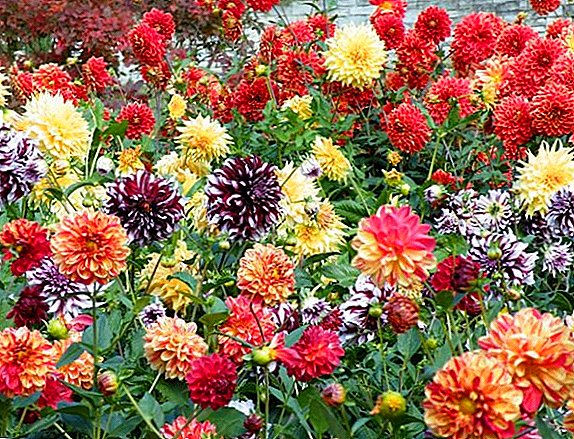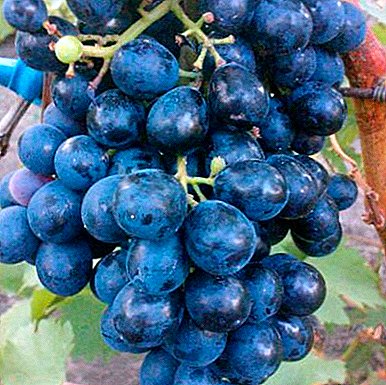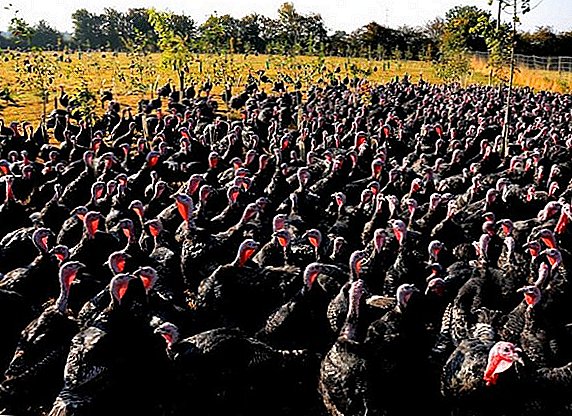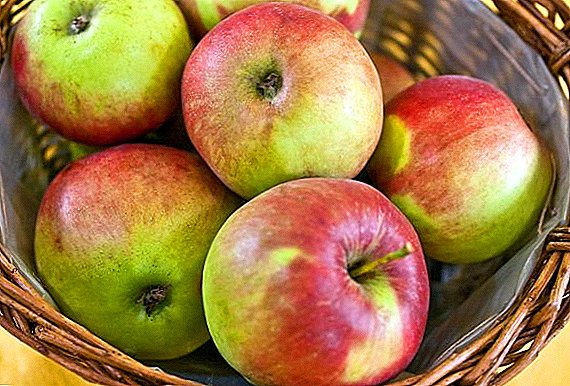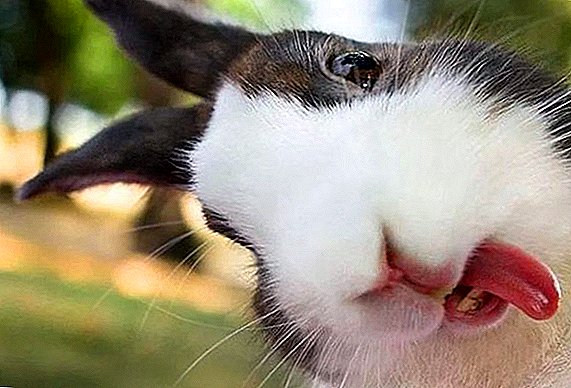 In the period of forbs, the question of what kind of grass can be given to rabbits and dried for subsequent processing into grass meal becomes urgent. Celandine grows in abundance in vacant lots near private farmsteads and pleases the eye with delicate leaves in April with a relatively small amount of other herbs, so the question arises whether it can be given to pets.
In the period of forbs, the question of what kind of grass can be given to rabbits and dried for subsequent processing into grass meal becomes urgent. Celandine grows in abundance in vacant lots near private farmsteads and pleases the eye with delicate leaves in April with a relatively small amount of other herbs, so the question arises whether it can be given to pets.
Is it possible to rabbits celandine
Celandine is a perennial herb that belongs to the poppy family. It has abundant branched foliage and bright yellow flowers on long legs. The fruit is a seed pod. One of the notable features of the celandine is the bright orange juice, which stands out at the point where the stem breaks.
Did you know? In the Middle Ages, celandine was used as one of the catalysts for the alchemical reaction to convert non-precious metals into gold.
The main popular name of the plant was for its ability to make the body clean, i.e. treat various skin diseases. For treatment, juice is used that has the same antiseptic properties as iodine. 
The plant sap for medicinal purposes is not even suitable for all people because of its high toxicity, therefore, it is categorically not recommended to give it to animals either raw or dried. In the process of drying, any plant loses moisture, but not active ingredients, so the toxicity of fresh and dry grass to the rabbit is the same.
Did you know? The Greek name of celandine - swallow grass - derived from the coincidence of flowering time with the arrival of swallows.
Symptoms of Celandine Poisoning
Contact with celandine in the body causes intoxication, expressed in the form:
- vomiting;
- nausea;
- rejection of feed;
- strong thirst;
- depressed consciousness;
- burns of intestinal mucous membranes.

How to help the rabbit
To help a pet in case of accidental poisoning with vegetable poisons, it is necessary:
- to adsorb toxins in the form of a drink to give a weak solution of manganese potassium;
- to cleanse the intestine, you can give a laxative - calomel at a dosage of 0.02 g / kg of live weight. Also for cleansing put an enema;
- introduce an antihistamine to prevent allergic shock - Dexfort intramuscularly, 0.15 mg / kg body weight;
- to support the work of the heart - "Sulfocamphocain", 250 mg / kg of body weight 1 time intramuscularly or subcutaneously.
Important! The degree of poisoning depends on the amount of poison in the blood. A large dose of celandine juice can lead to loss of consciousness, even coma.Prevention of poisoning by poisons of plant origin is the control of food that falls into the rabbits feeders. Of course, adults can recognize plants that are poisonous to the body, but this does not mean that the choice of food should be taken irresponsibly.

What is better to give grass rabbits
First of all, non-poisonous medicinal plants, as well as forage grasses are useful to rabbits:
- alfalfa;
- clover;
- sagebrush;
- coltsfoot;
- dandelion;
- burdock;
- yarrow;
- plantain;
- nettle;
- legumes;
- cereals.
Important! If you do not know which herbs should not be given to rabbits, then poisonous ones can be identified by grazing. Cattle do not eat celandine and other toxic plants.Since there is a possibility of accidental poisoning with an unknown grass, it is necessary to equip the rabbit home kit with drugs that may be needed for poisoning. This will help in time to help the rabbit and avoid complications.
Is it possible to rabbit celandine: video
Reviews



